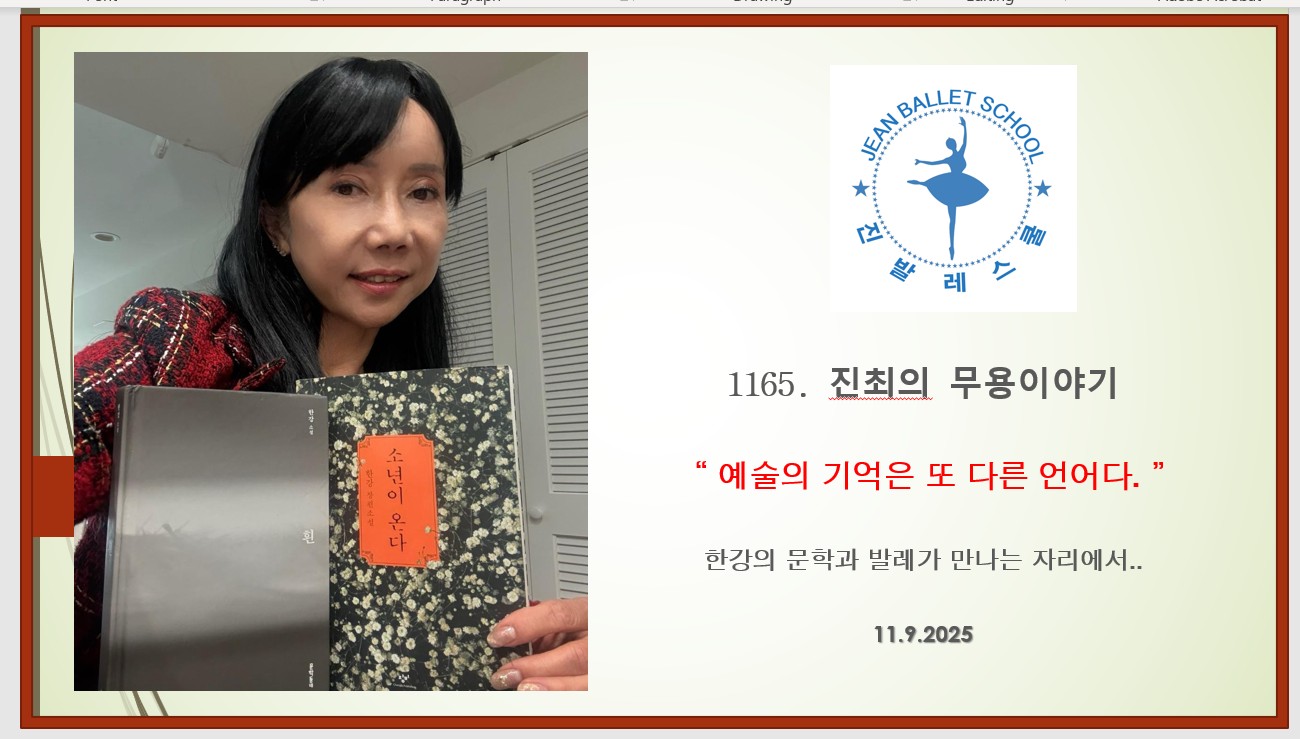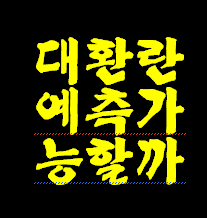- [내 마음의 隨筆] 독후감: The Grapes of Wrath (분노의 포도)8152023.02.03
- [내 마음의 韓詩 469 – Korean Poem in My Heart 469] 春風4002023.02.12
- [Essay in My Heart] A Book Review: The Grapes of Wrath4012023.02.12
- [Essay in My Heart] A Book Review: Pachinko5872023.02.18
- [내 마음의 隨筆] 독후감: Pachinko (파친코)14012023.02.17
[Essay in My Heart] A Book Review: The Grapes of Wrath
2023.02.12A Book Review: The Grapes of Wrath
Solti
The Grapes of the Wrath is a quintessentially American novel published in 1939 by American novelist John Steinbeck (1902–1968), which earned him the National Book Award and the Pulitzer Prize, and later won him the 1962 Nobel Prize in Literature. It is well known to people for its many contributions.
Published more than 80 years ago, this book tells the story of Tom Joad, an Oklahoma Dust Bowl family whose entire family moves from Oklahoma to California with ambitious dreams of owning a new home and beautiful farm after losing their home and farm. It depicts the story of a family's eventful hardships, and consists of 30 chapters in total. The Dust Bowl refers to a period of frequent severe dust storms in the 1930s that greatly damaged the ecology and agriculture of the American and Canadian prairies.
Why is the title of the novel “The Grapes of Wrath”?’ I had been wondering myself for a very long time. This novel, which was republished in 2014 (479 pages) as the 75th Anniversary Edition by VIKING Publishing House in the United States, was published as a particularly clean and easy-to-read book. I received it as a gift unexpectedly from my daughter, and after reading it, I vaguely understood the reason. In the rapidly industrializing rural areas of the United States, smallholder farmers eventually leave their homes and farms to find a new dream by the tyranny of farm owners and agricultural banks, moving to California, which all family members consider their ideal. The various episodes that occur are described with the artist's delicate and beautiful strokes.
Tom, the hot-blooded eldest son, takes on the heavy responsibilities as the head of the family to solve the family's food, clothing, and shelter. He takes on the heavy responsibility of being the head of the family, and leads a difficult and arduous adventure across the continent from South to West, modifying a truck and alternating driving it with his younger brother.
During the trip, Tom loses his grandfather and grandmother in turn, and his younger sister and her boyfriend who lived with him disappear in the middle. He earns the money he needs by working with his family and leads a difficult life by moving from place to place in various temporary lodgings and tents.
This novel shows the violent social aspects of the United States, such as the ruthless enforcement of public power against agricultural migrants and the riots of agricultural migrants living and lodging in temporary shelters. The struggle with members of society to solve the social absurdity and inequality that arises in seeking to solve the basic human needs of food, clothing and shelter is also described in great detail.
At the bottom of the novel is a Christian-centered view of faith based on the interpretation of the Bible nestled in the structure of American consciousness, original sin, life and death, love and conflict between family members, marriage and occupation, awareness of the need for education, and the future. Various themes, such as dreams about the future, are introduced through the dialogues of different combinations of characters. In particular, the conversations with the villager, who was a pastor in the Oklahoma village where Tom's family lived, quit the ministry, and left for California with Tom's family are worthwhile to read and think.
Since the United States is a huge country in its own right, the distinct cultures, and languages (especially dialects) that differ considerably from region to region, as well as the different uses of English and American expressions for different social classes, are very interesting. Surprisingly, in this novel, there are many harsh curse words, slang, and ungrammatical sentences in everyday conversation. In contrast, the depiction of the diverse natural environments of the United States, which the family passes through during their difficult migration, is truly beautiful, delicate, and very lyrical.
Full of wrath at the loss of their home and farm, the whole family left their hometown, picking fruit such as grapes in a beautiful orchard in California, and a family swelled with dreams of establishing a new home on the continent. This story of traversal, I personally think, is a good novel for us to understand American identity and society, culture, ceremony, food, clothing, history, language, individual and community consciousness, and nature in a new way. For reference, the novel's title 'The Grapes of Wrath' is a metaphor for 'The wrath of God is his anger and punishment over the evil that is in the world.' Steinbeck researchers say the content is based on biblical texts from Revelation 14:19-20 and the song "The Battle Hymn of the Republic" by Julia Howe in 1861.
Revelation 14:19–20 — The New International Version (NIV)
19 The angel swung his sickle on the earth, gathered its grapes and threw them into the great winepress of God's wrath.
20 They were trampled in the winepress outside the city, and blood flowed out of the press, rising as high as the horses’ bridles for a distance of 1,600 stadia.
Regardless of the East and the West, there is no doubt that the problem of smoothly solving the problem of eating and living is always a very important problem. As the United States moves to a capital-centered industrialized society, this novel depicts the difficulties faced by the common people, especially farmers, with the author's elegant brush strokes. It is thought to be an interesting novel with a strong American literary character that is worth reading.







 한국꽃배달 아주쉬워요.
한국꽃배달 아주쉬워요.
 미주장로회신학대학교 동문 송년모임 초대의 글
미주장로회신학대학교 동문 송년모임 초대의 글
 Nembutal-Pentobarbital 구매, 시안화 칼륨 구매, Xanax 구매
Nembutal-Pentobarbital 구매, 시안화 칼륨 구매, Xanax 구매
 Don Kim - Unchained Melody with Lyrics Oldies But Goodies for 50s and 60s
Don Kim - Unchained Melody with Lyrics Oldies But Goodies for 50s and 60s
 431." 예술의 기억은 또 다른 언어다. " 한강의 문학과 발레가 만나는 자리에서..
431." 예술의 기억은 또 다른 언어다. " 한강의 문학과 발레가 만나는 자리에서..
 고환율시대,한국꽃배달 바로 하세요.
고환율시대,한국꽃배달 바로 하세요.
 최고의 FX 솔루션 임대 | 카카오솔루션의 맞춤형 FX 거래 플랫폼
최고의 FX 솔루션 임대 | 카카오솔루션의 맞춤형 FX 거래 플랫폼
 가고는 싶다지만~
가고는 싶다지만~
 7년 환란 카운트 다운 체크 포인트 재미로 봐 주세요.
7년 환란 카운트 다운 체크 포인트 재미로 봐 주세요.
